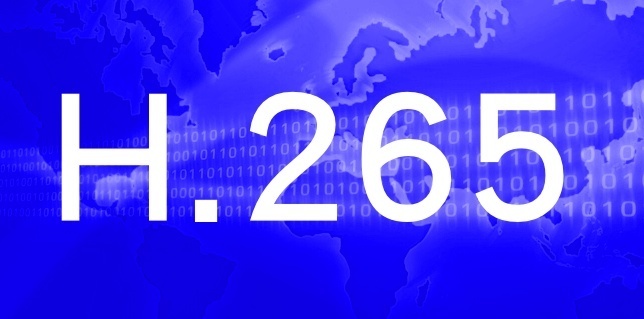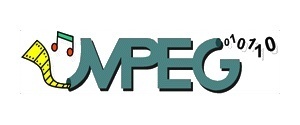
New H.265 Video Compression Will Be Twice As Efficient as H.264
August 16, 2012 by Dave Haynes
This could be big.
 The Moving Picture Experts Group (aka MPEG), which has members representing the interests of telecoms, computer, TV and consumer electronics companies, met last month and has approved a new standard for high efficiency video coding that video now encoded using H.264 (a widely used encoding standard these days) can be done in H.265 with half the bit rate, without the visual quality suffering.
The Moving Picture Experts Group (aka MPEG), which has members representing the interests of telecoms, computer, TV and consumer electronics companies, met last month and has approved a new standard for high efficiency video coding that video now encoded using H.264 (a widely used encoding standard these days) can be done in H.265 with half the bit rate, without the visual quality suffering.
You can look at the implications in a few ways: video files can be smaller, which affects transmission speeds, bandwidth consumption and storage requirements.
The H.264 standard – also known as AVC or more generically as MPEG4 – is very widely used in the digital signage industry, providing HD quality files that are reasonably diminuitive in size but still looking good. The new format is expected to also be able to support monstrous 4K and 8K video files.
“There’s a lot of industry interest in this because it means you can halve the bit rate and still achieve the same visual quality, or double the number of television channels with the same bandwidth, which will have an enormous impact on the industry,” says Per Fröjdh, Manager for Visual Technology at Ericsson Research, Group Function Technology, who organized the event last month in Stockholm, as Chairman of the Swedish MPEG delegation.
The new compression format is expected to be particularly relevant to mobile networks, allowing service providers to launch more video services using just the currently available spectrum.
“Video accounts for the vast majority of all data sent over networks, and that proportion is increasing: by 2015, it is predicted to account for 90 percent of all network traffic,” Fröjdh says in a press release.
MPEG, which was formed by the International Organization for Standardization (ISO) and the International Electrotechnical Commission (IEC) in 1988, has had a long partnership with Ericsson Research. Its experts meet four times per year to discuss, propose and issue international standards for compression, decompression, processing, and coded representation of moving pictures and audio. MPEG standardized the digital audio encoding formats MP3 and Advanced Audio Coding (AAC), which is the music format used by Apple in their consumer offerings.
“MPEG has a big impact on the industry and on consumer electronics. On the video side, almost all digital terrestrial, satellite and cable TV services rely on video codecs standardized by MPEG,” Fröjdh says. “When you buy a DVD or Blu-ray Disc, the compression format also uses MPEG standards.”
MPEG thinks the new format could be launched in commercial products as early as in 2013. “It will take time before it’s launched for a TV service, but adoption is much quicker in the mobile area, and we’ll probably see the first services for mobile use cases next year.”
With digital signage, it’s still going to be a journey from here to there, when all the technical bits are sorted



Leave a comment